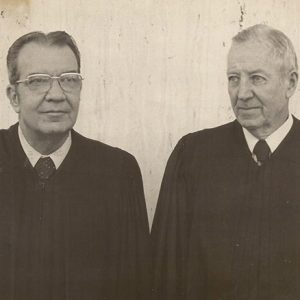 Supreme Court Justices
Supreme Court Justices
Gender: Male
 Supreme Court Justices
Supreme Court Justices
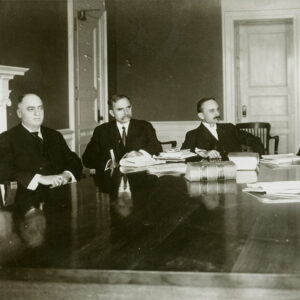 Supreme Court Members
Supreme Court Members
Surratt, Alfred “Slick”
Sutherland, Cyrus Arden (Cy)
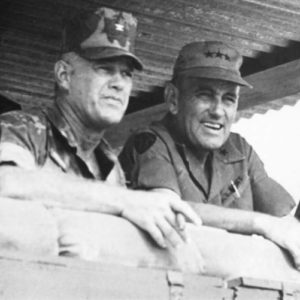 James W. Sutherland
James W. Sutherland
Sutherland, James W., Jr.
 Eddie Sutton
Eddie Sutton
Sutton, Eddie
Sutton, Ozell
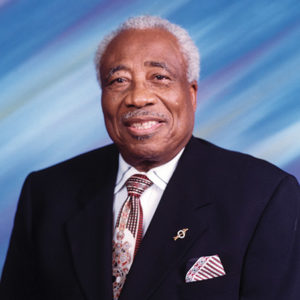 Ozell Sutton
Ozell Sutton
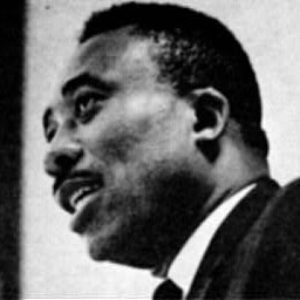 Ozell Sutton
Ozell Sutton
 Tommy Swaim
Tommy Swaim
 Swedlun Paintings
Swedlun Paintings
Swedlun, Frederick Ernest
aka: Ernest Fredericks
Swedlun, Glenn C.
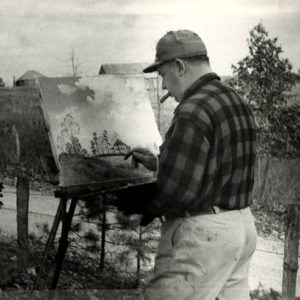 Glenn C. Swedlun
Glenn C. Swedlun
Swindler, John Edward (Trial and Execution of)
Switzer, Barry
 Barry Switzer
Barry Switzer
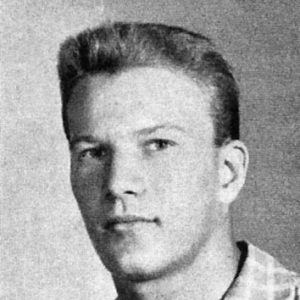 Barry Switzer
Barry Switzer
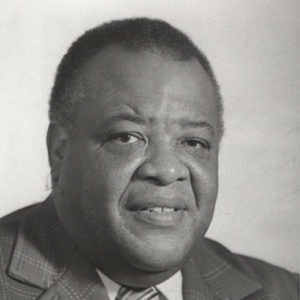 Curtis Sykes
Curtis Sykes
Sykes, Curtis Henry
 Roosevelt Sykes
Roosevelt Sykes
Sykes, Roosevelt “The Honeydripper”
Tabor, Ronald Dale
 Dale Tabor
Dale Tabor
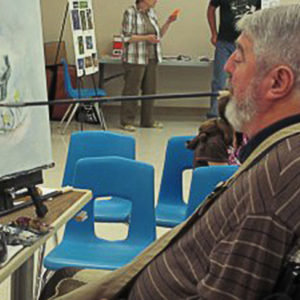 Dale Tabor
Dale Tabor
Tackett, Boyd Anderson
Tahlonteskee
aka: Tolluntuskee
Takatoka
aka: Ticketoke
aka: Ta-Ka-To-Kuh
aka: De'gata'ga
aka: Degadoga
 George Takei
George Takei
 George Takei
George Takei
 George Takei at Internment Museum
George Takei at Internment Museum
Takei, George Hosato
 George Takei
George Takei
 John Michael Talbot
John Michael Talbot
Talbot, John Michael
Talbot, William
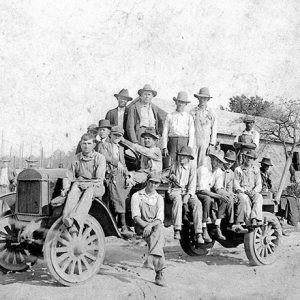 Ed Talburt
Ed Talburt
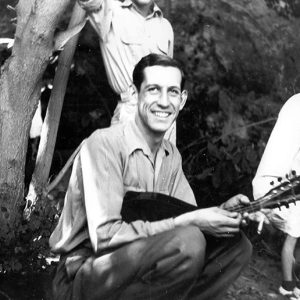 Eugene Talburt
Eugene Talburt
Tanner, Sy (Execution of)
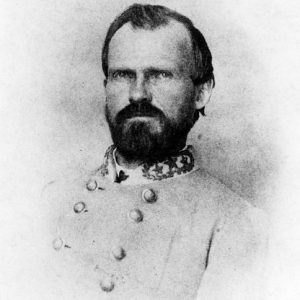 James Tappan
James Tappan
Tappan, James Camp
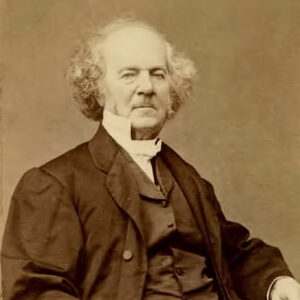 Lewis Tappan
Lewis Tappan
Tate, John “Big John”
Tatum, Luke (Execution of)
Tatum, Reece “Goose”
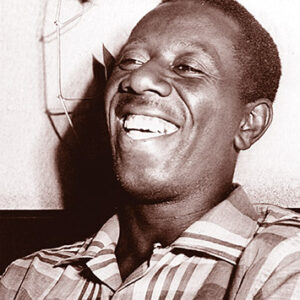 "Goose" Tatum
"Goose" Tatum
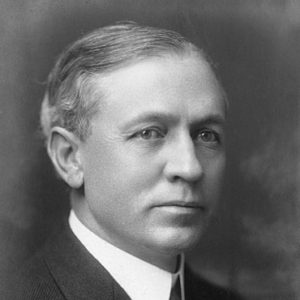 Charles Taylor
Charles Taylor




